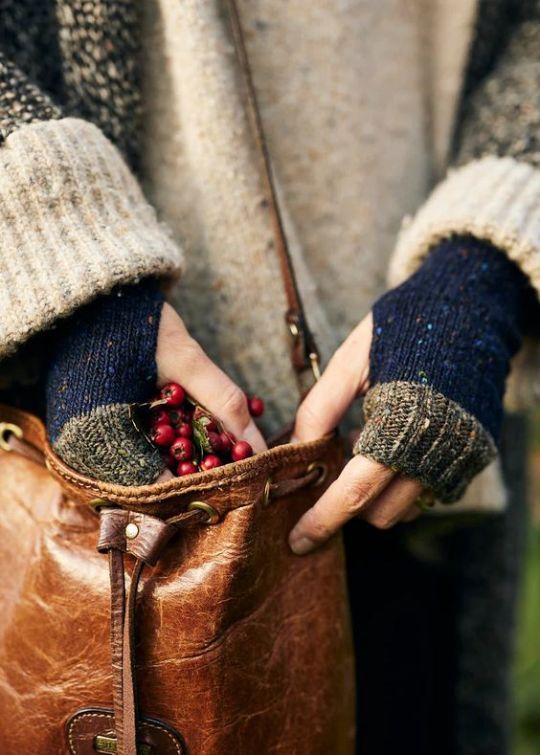#forage
Text
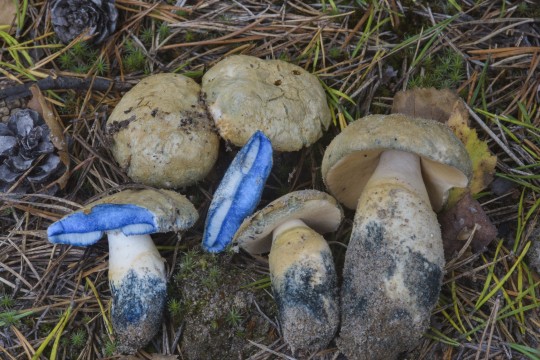
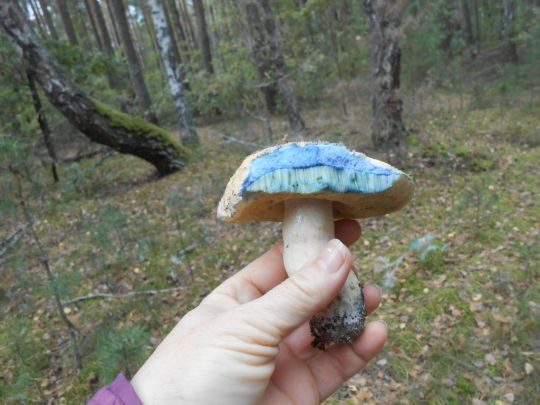
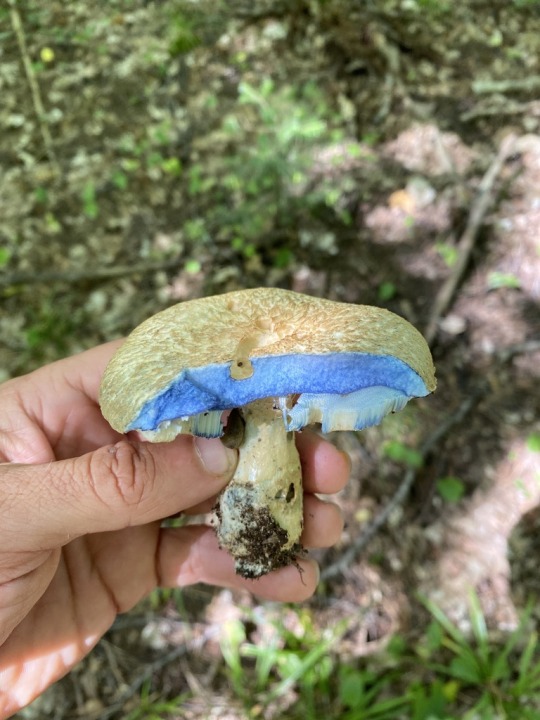
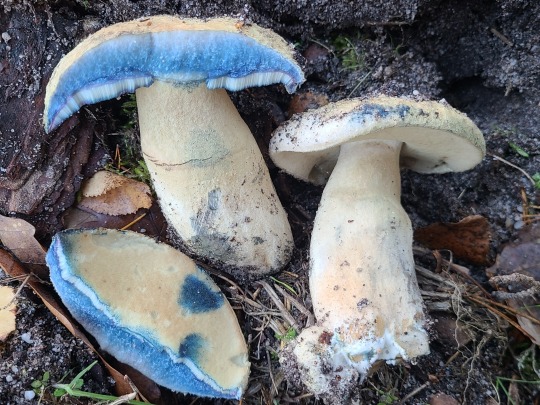


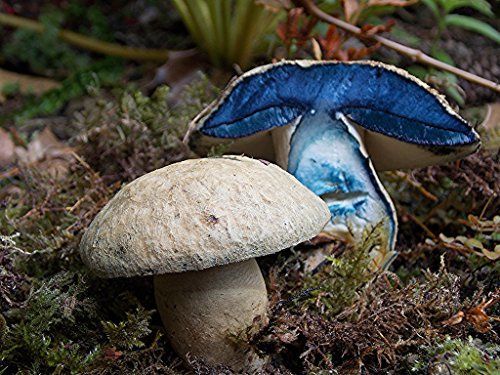
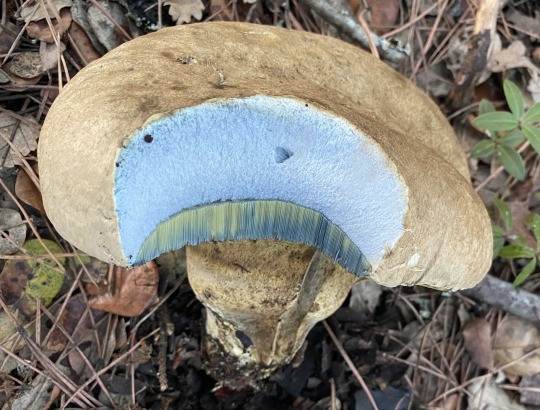
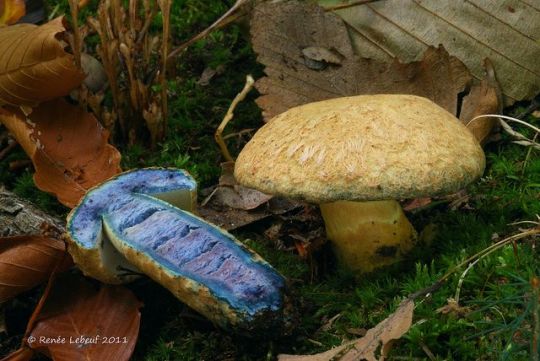
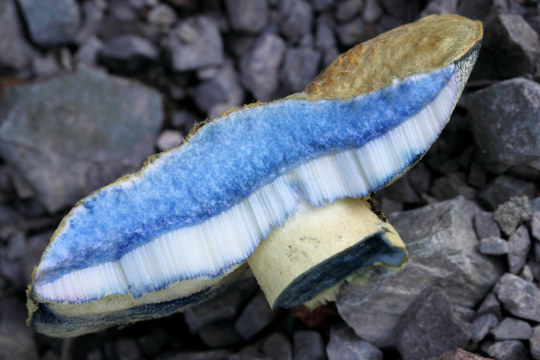
gyroporus cyanescens (cornflower bolete)
#mushrooms#mushroom#fungus#fungi#bolete#cornflower blue#cornflower#cornflower bolete#gyroporus cyanescens#pictures#images#foraging#forage#edible mushroom#foragecore#nature#naturecore#staining bolete#blue#pretty#outdoors#magical
15K notes
·
View notes
Text
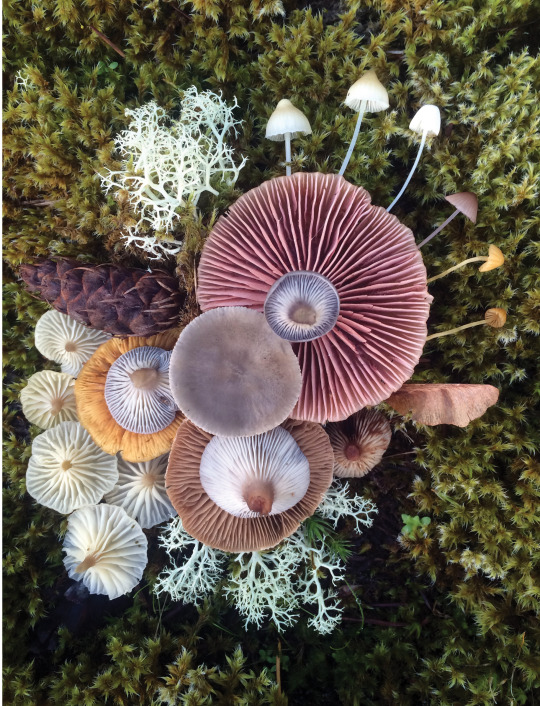
Mushroom Medley with Reindeer Lichen by Jill Bliss.
210 notes
·
View notes
Text

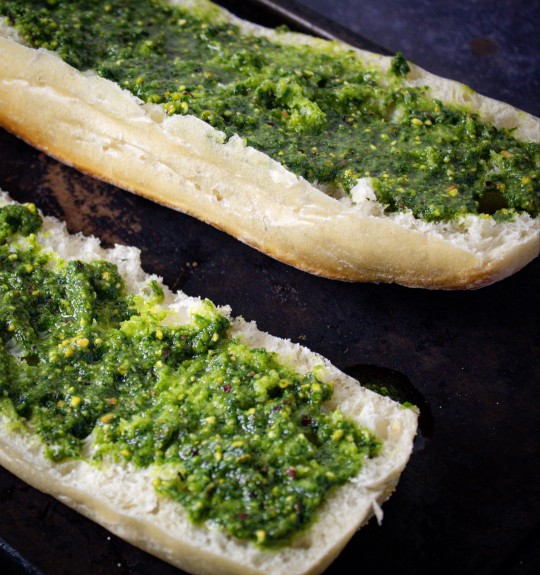
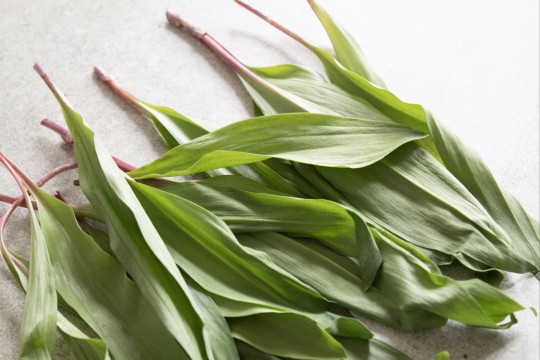
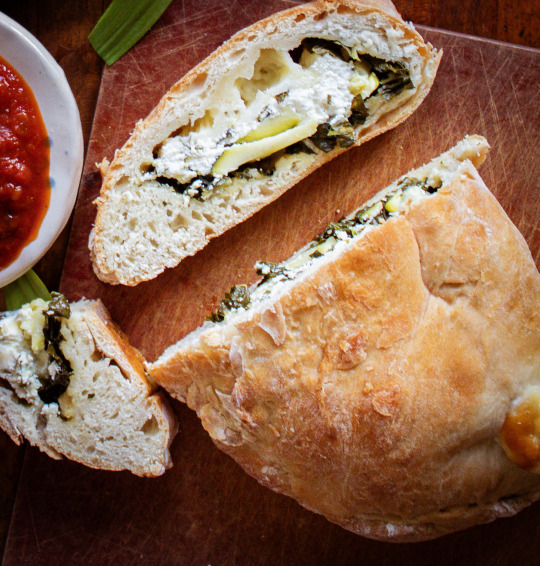
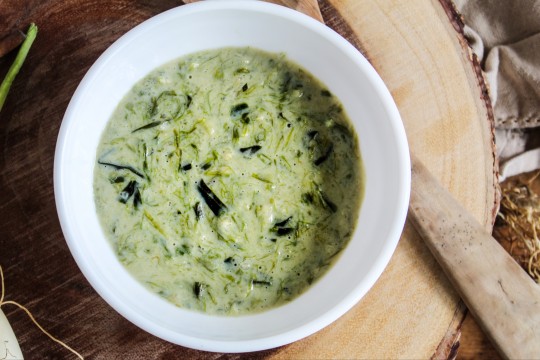
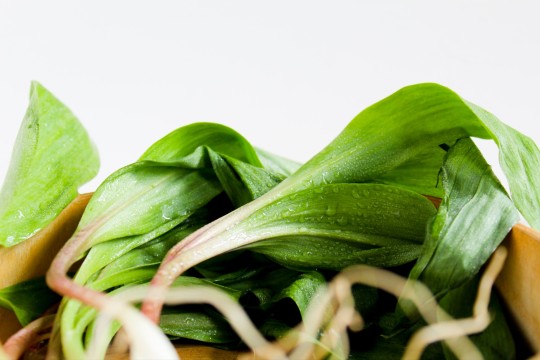
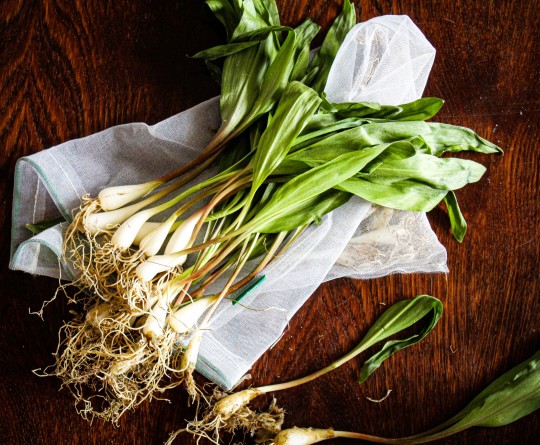
Hey guys, after foraging and cooking with ramps every spring for years, I compiled all of my tips and recipes into a single post, reblog for more forest found foraged content
#ramps#wildleeks#foraged food#forage#foraging#nature#naturcore#homesteading#homecooking#food#food photography#photography
65 notes
·
View notes
Text
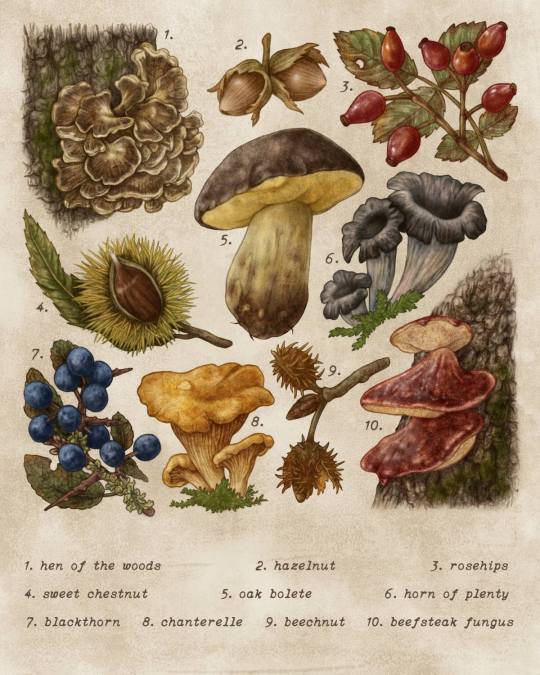
My newest seasonal collection piece; Autumn Foraging! 🍄🫐🌰 I've been really interested in seasonal foraging lately and trying to learn more about wild edible plants growing local to me. Here are some common wild plants and fungi that you can forage for in autumn!
1. Hen of the woods
2. Hazelnut
3. Rosehips
4. Sweet chestnut
5. Oak Bolete
6. Horn of plenty
7. Blackthorn
8. Chanterelle
9. Beechnut
10. Beefsteak fungus
... among many many others of course!
#illustration#art#vintage illustration#natural history#autumn#goblincore#illustrator#mushrooms#autumn aesthetic#fall#fall aesthetic#gremlin core#crowcore#cottagecore#witch academia#forage#foraging#foraged food#harvest#harvest festival
777 notes
·
View notes
Text
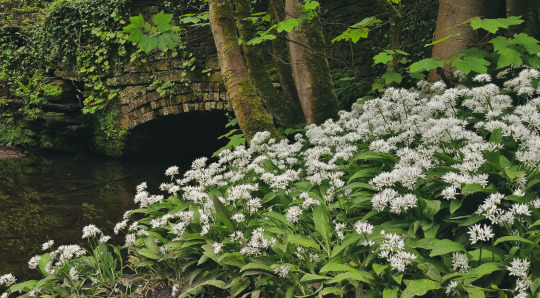
Wild garlic next to a stream
#mine#nature#england#cottagecore#flowers#softcore#wild flowers#plants#wildflowers#garlic#wild garlic#foraging#forage#green#river#stream#bridge#stone
40 notes
·
View notes
Text
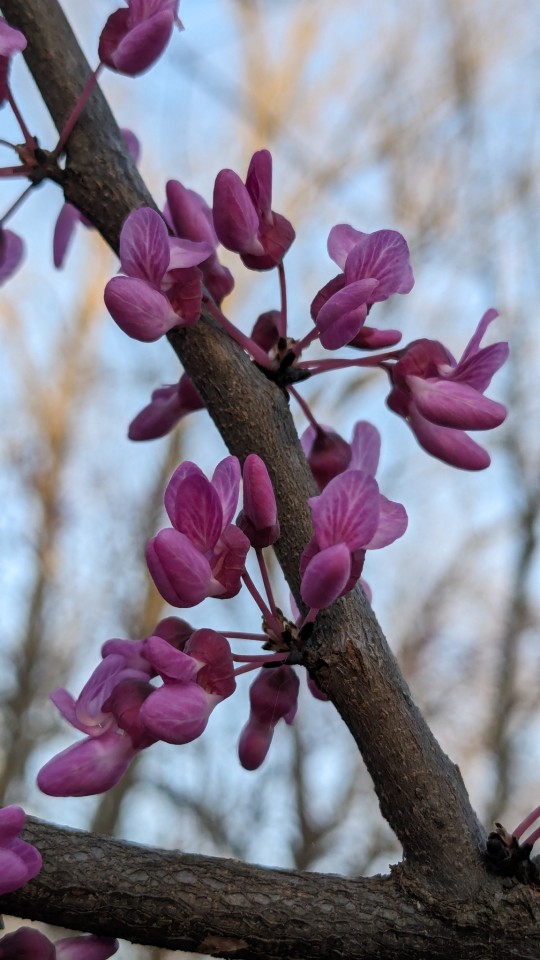
Eastern Redbud Tree
Cercis canadensis
This small tree in the legume family showcases lovely pink blooms in spring and is native to much of eastern North America. They grow in a variety of habitats, but prefer well-drained slopes in woods without many other plants to compete with. Its flowers are pollinated by carpenter bees and other bees with long tongues, and the leaves provide food for several caterpillar and moth species. The flowers on this tree are also edible and contain beneficial anthocyanins, a group of antioxidants.
March 19th, 2024
St. Charles County, Missouri, USA
Olivia R. Myers
@oliviarosaline
#botany#legumes#trees#plants#fabaceae#cercis#flowering trees#redbud#eastern redbud#native plants#native trees#woods#Missouri#Cercideae#naturecore#nature#forest#cottagecore#fairycore#foraging#forage#wildflowers#wild foods#ecology#flowers#nature photography#flower photography#plant photography#spring#Cercis canadensis
42 notes
·
View notes
Text
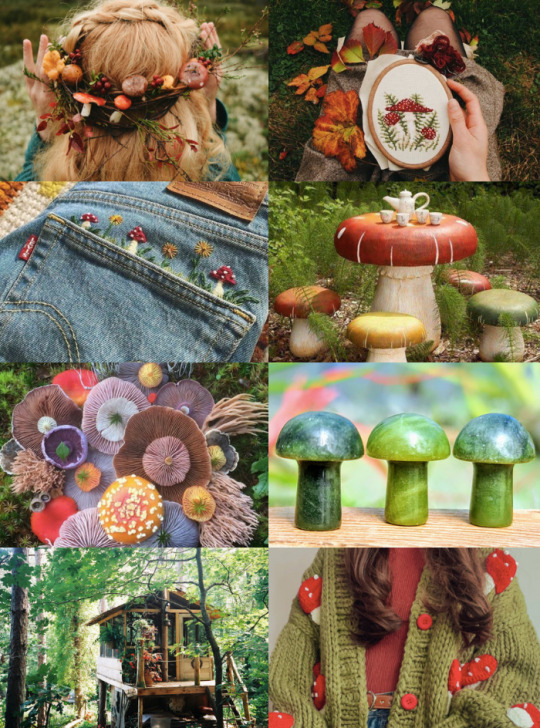
Witch Aesthetics // Mushroom Witch
Requested by Anonymous
See all my aesthetics here: Directory
#Mushroom Witch#Witch#Mushroom#Aesthetic#Witchy#witchcraft#crystals#cottage#forage#magic#cottagecore#requested#moodboard#fungi
185 notes
·
View notes
Text

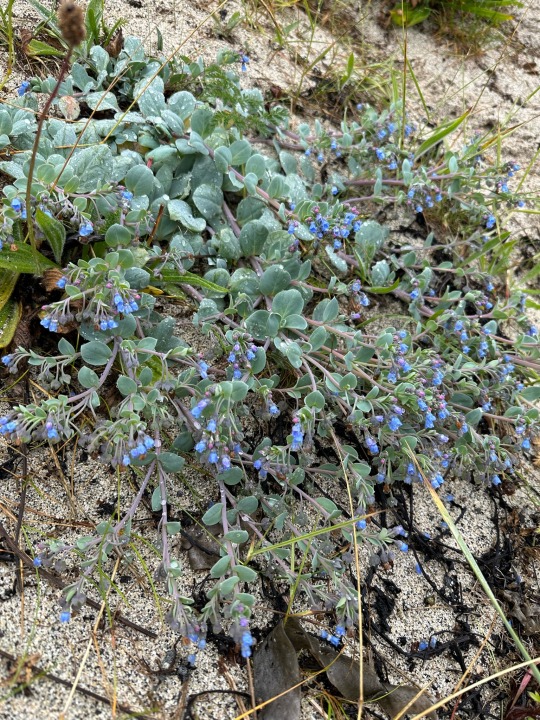
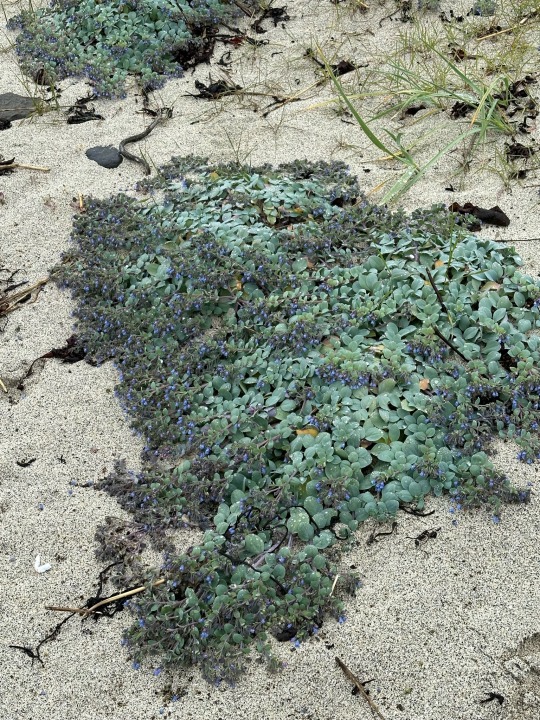
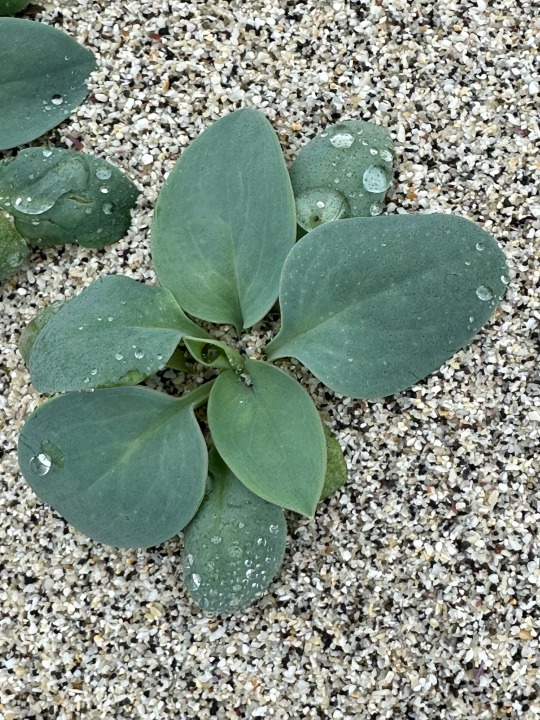
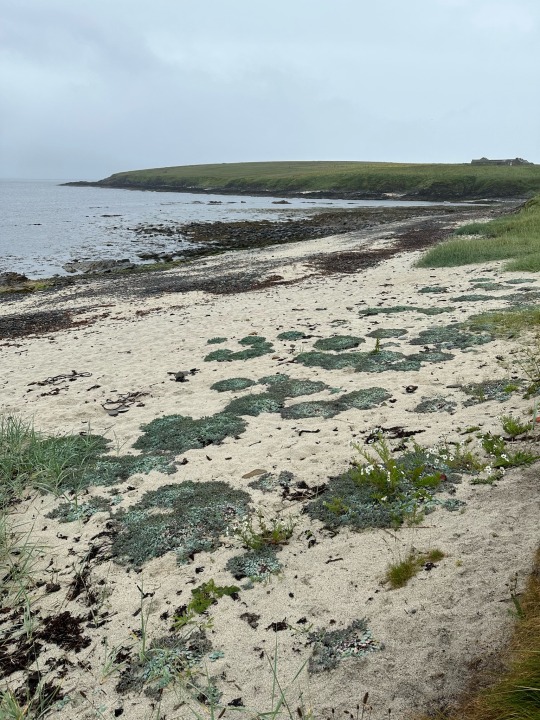
Plant of the Day
Tuesday 4 July 202
Found growing in a sandy bay on Orkney was Mertensia maritima (oyster leaf plant, sea bluebells). The blue-green, fleshy leaves of this plant are edible with a distinctive salty flavour.
Jill Raggett
126 notes
·
View notes
Text
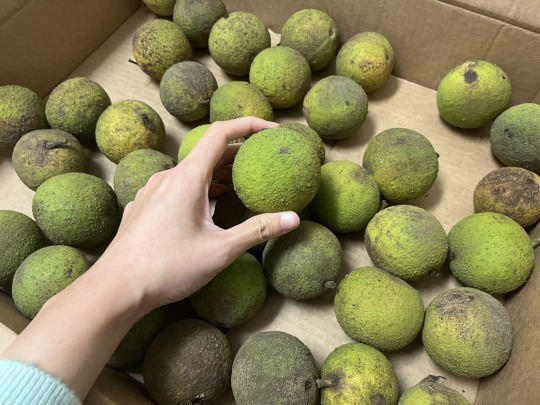
[ID: box full of black walnut with green husk still on, OP (east asian) hand holding one. end ID]
so, college have 1 black walnut tree
🌰 < not a walnut
53 notes
·
View notes
Text
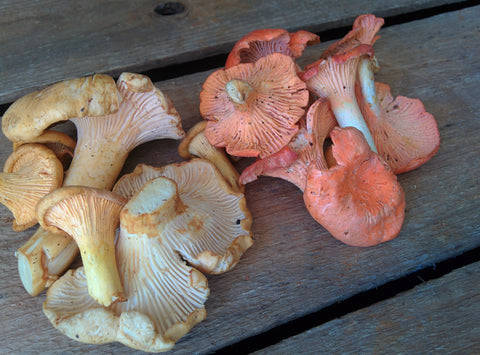

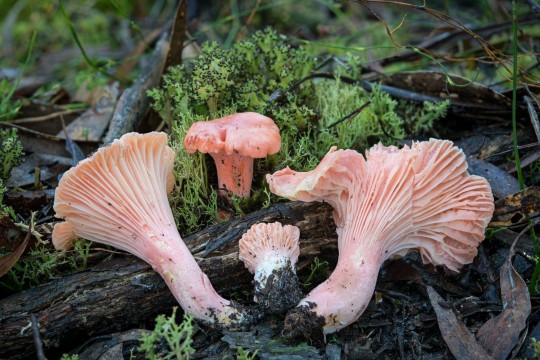
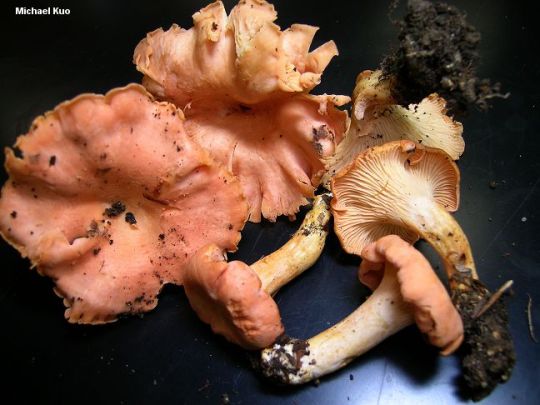
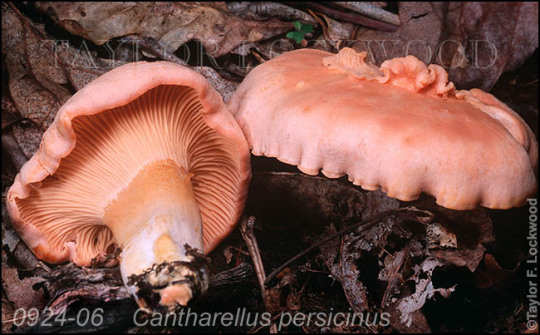
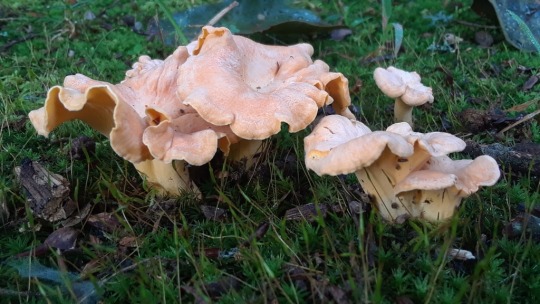
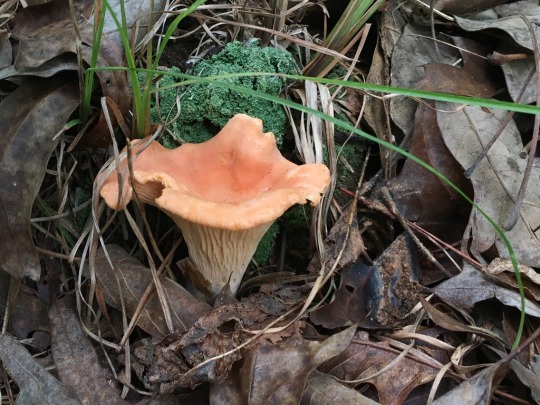
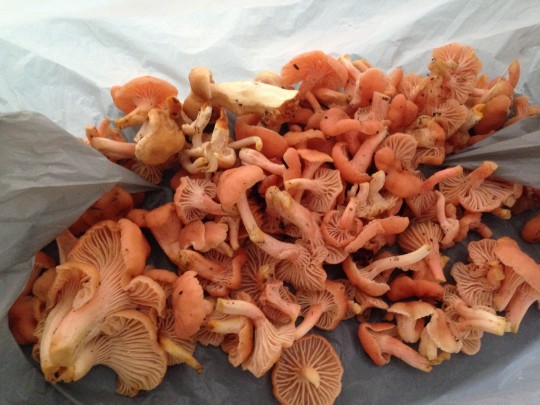
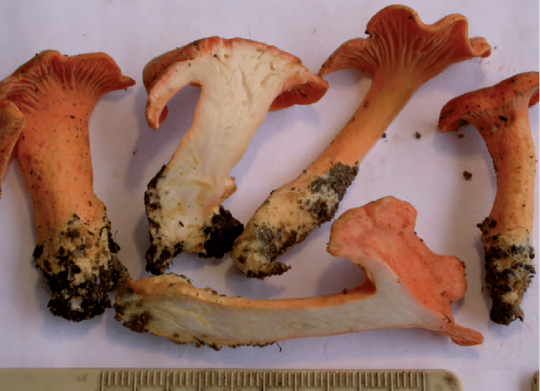
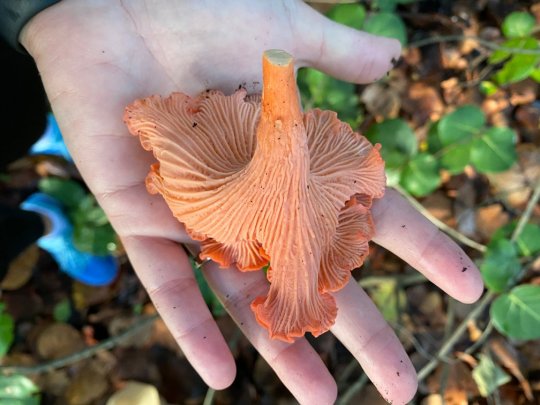
cantherellus persinicus (peach or pink chanterelle), common in Appalachian U.S. 🩷
#mushroom#pink chanterelle#peach chanterelle#cantharellus persicinus#foraging#forage#foragecore#edible#edible mushrooms#choice mushrooms#appalachia#appalachian mountains#chanterelle#delicious#nature#naturecore#pink#peach#pretty#unusual
304 notes
·
View notes
Text
Berry-berry
It is not the norm to have wineberries and blackberries at the same time that raspberries are still ripening. (not to mention the blueberries in higher elevations). However, here we are.
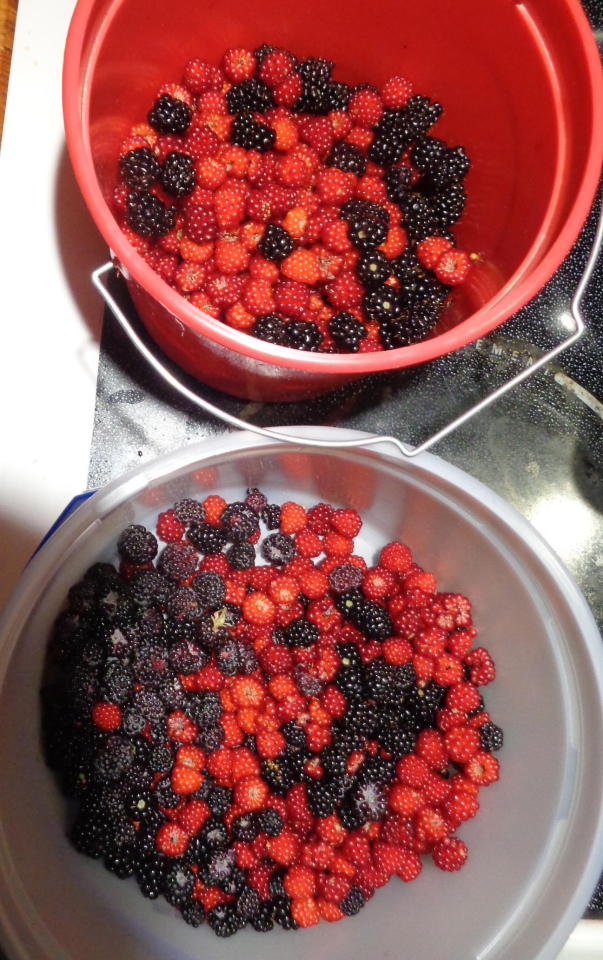
Black raspberries, wineberries (the red ones) and blackberries. Wild blackberries are a bit smaller than what you’d see at a grocery; in this picture they’re hard to tell apart from the raspberries. Technically red raspberries also grow in this area - but I’ve only ever seen one bush in the wild. If they’re here at all, it must be in very specific locations.
Anyhow. YUM!
#berries#raspberries#blackberry#wineberry#foragedfoods#foragecore#forage#eat local#solarpunk#appalachia#farmblr
79 notes
·
View notes
Text

Ground ivy page in my journal ✨️
https://linktr.ee/larcher
20 notes
·
View notes
Text
some mushroom photos i took on a trail in Appalachia where i live :)
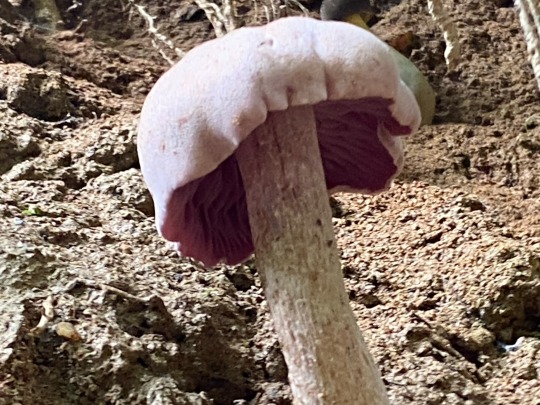
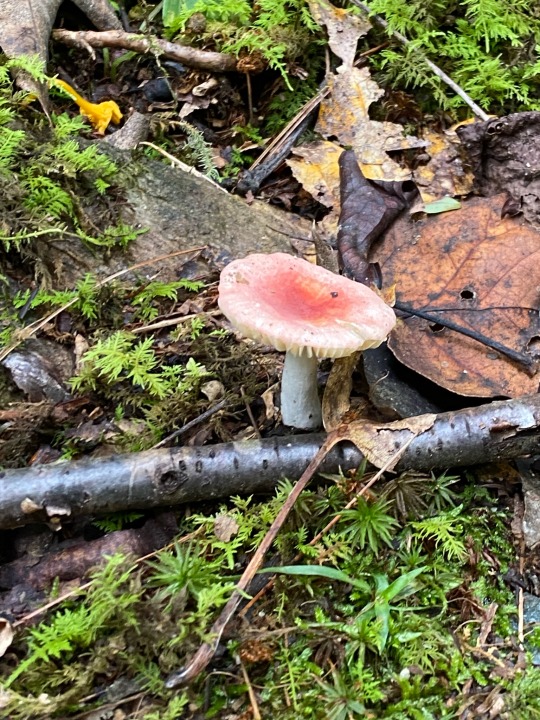
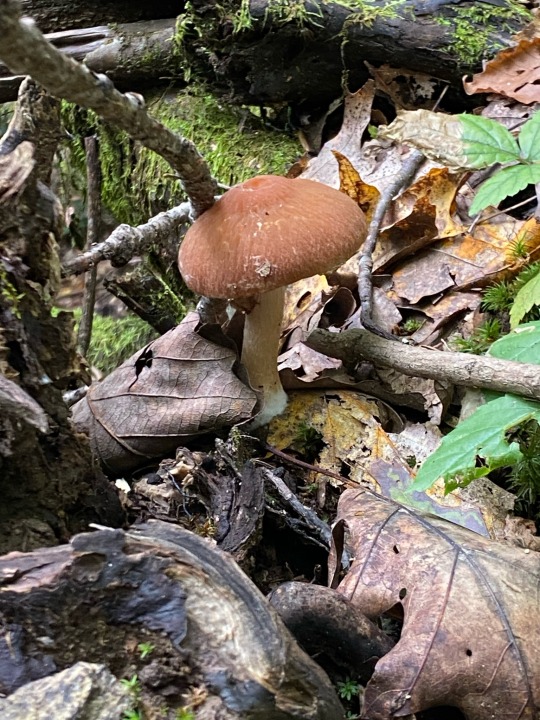
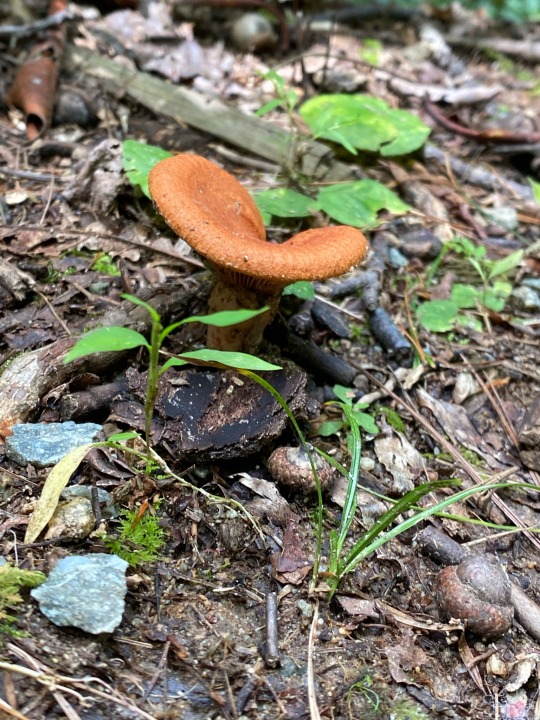
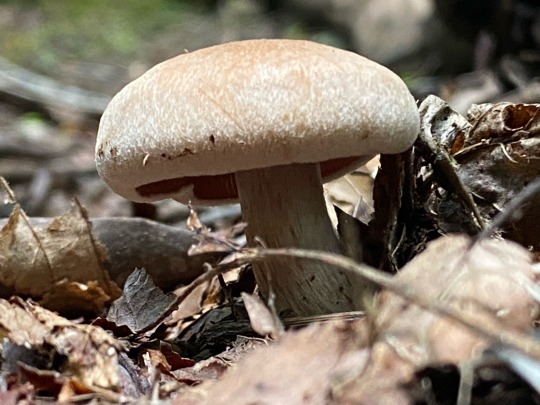
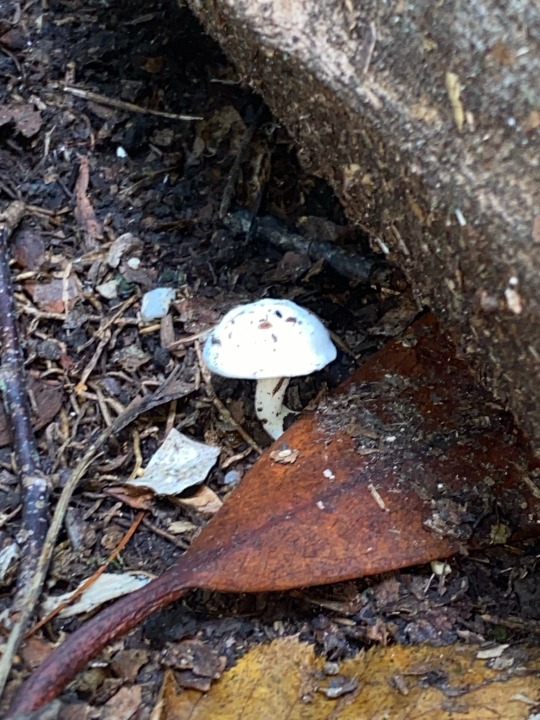
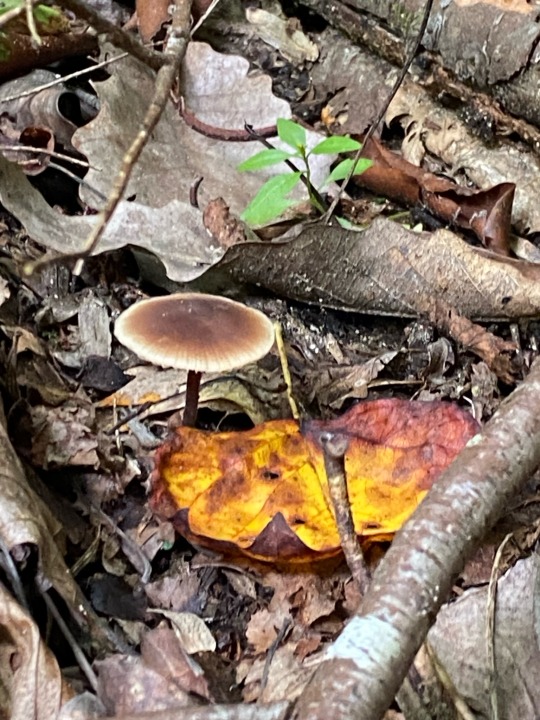
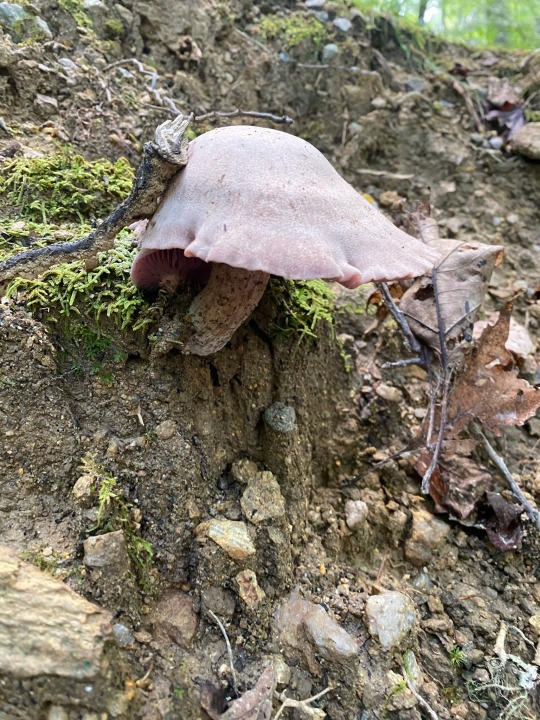
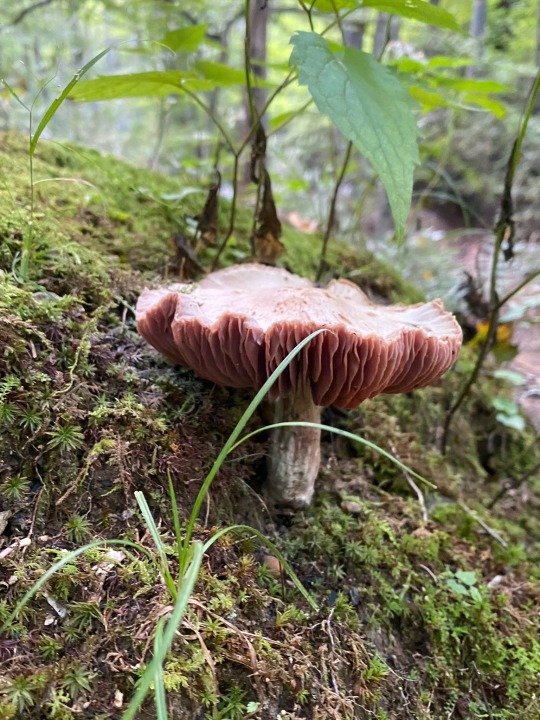
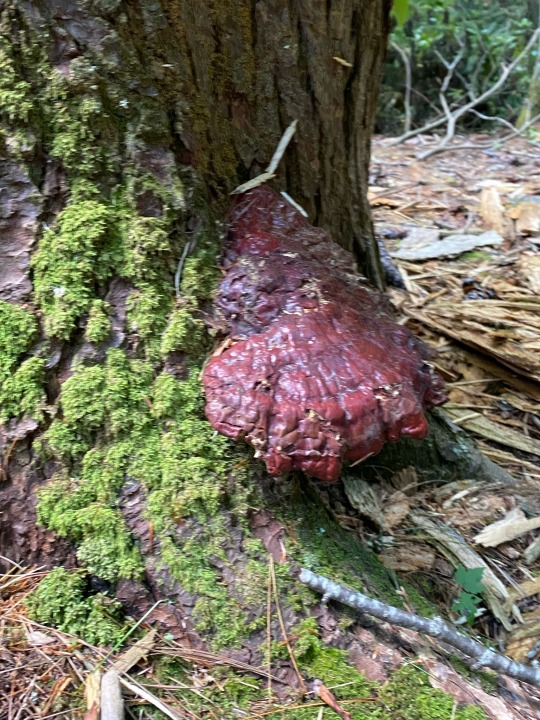
if anyone knows the IDs of these please share i’d love to know more!
#mushrooms#foraging#appalachia#mushroom#wild fungi#american gothic#forage#if you wanna see more i have like 30 more other pictures as well#my photos
35 notes
·
View notes
Text
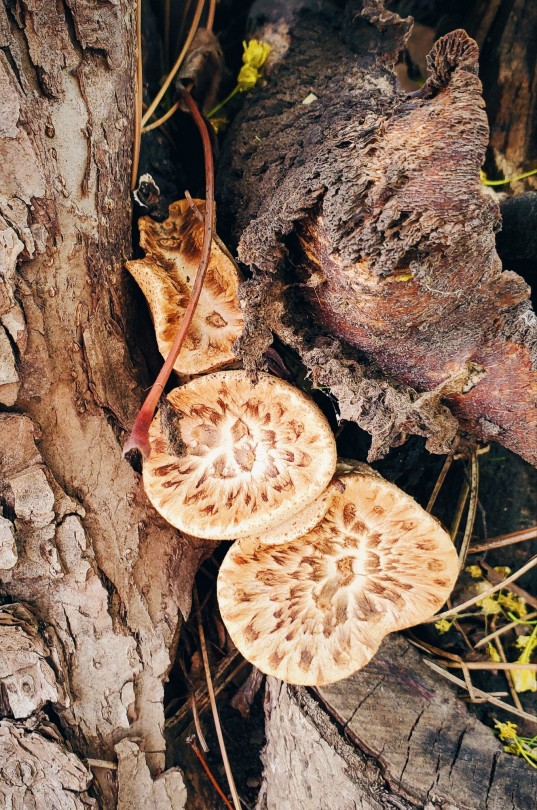
Spotted some Dryad's Saddle! I haven't had any Morel luck at all this year.
(cerioporus squamosus / Polyporus squamosus)
#mushroom#mushrooms#pheasant back#dryad's saddle#fungus#fugi#mycology#nature witch#nature blog#nature photography#green kitchen witch#green witch#kitchen witch#morels#nature#foraged food#foraging#forage
132 notes
·
View notes
Text
Money bowl refresh ingredients
Herbs:
cloves
basil
thyme
cinnamon
ginger
chamomile
nitmeg
bay leaf
Crystals:
pyrite
green aventurine
jade
citrine
malachite
selenite
quartz
tiger’s eye
Etc:
coins
dollar bills
mushrooms
green candle
yellow candle
honeycomb
carnations
dafodils
jasmine
poppy
#mine#money bowl#money spell#spells#foraging#nature#wildfood#forage#forager#foragedfood#forest#wildfoodlove#foragingforfood#naturephotography#wildedibles#bushcraft#outdoors#hiking#vegan#food#foraged#herbalism#witchcraft#witchy#witches#witchesoftumblr#witchyshop#wicca#small busines#spell jar
117 notes
·
View notes
